We live in a world unfamiliar from the last time Harry Styles released an album. His second album “Fine Line” was released in December 2019, a few months shy of the start of the COVID-19 pandemic. Since then, Styles has won a GRAMMY, filmed a new movie and successfully completed a national tour which brought in $94.7 million in ticket sales.
At last, his 2022 album “Harry’s House” was released today, inviting us into new sides of his past, his music production and his world.
The former One Direction member’s third album shows how he has diversified and matured as an artist since writing his second album. “Fine Line” rattled off quite a few radio hits; songs like “Watermelon Sugar” and “Adore You” echoed in every retail store for the whole year. But they didn’t resemble the unique, challenging quality of his first album, “Harry Styles.” “Harry’s House” both circles back to and transcends his previous work — the music is more complex and unexpected, and will be more successful in the long run.
The whole album carries a floaty, dreamlike quality, feeling slightly more comforting and healing than his previous work. It’s as if Styles has outgrown the excruciating pain of being in your young 20s, and is now writing to us from the other side.
Complimenting the emotional maturity of the album is its noteworthy production. Nearly every song is heavily driven by instrumentals, creating a listening experience that is not only more than a catchy hook, but fulfills new corners of Styles’ creativity. Many moments in this album display a symbiotic relationship between contributing sounds. Teasing baselines interrupt dancy drums, which carry sorrowful lyrics and so on. The album delivers hints of many other recognizable artists’ styles while still remaining unique — vibes that touch close to Bon Iver, The 1975, LCD Soundsystem and others. And, like any good album, this album has heartbeats — songs that take you off guard, validate you and carry you through.
The second song in the album, “Late Night Talking” stopped me in my tracks. It immediately resembles a David Bowie “Let’s Dance” style of record. It’s intense in its disorienting nature. The last long bridge has stacked vocals that overlap somewhat drunkenly, dizzying the listener all the while pulling them in and making them want to dance.
An obvious highlight of the album was “As it Was.” The pre-released single broke Spotify’s record for the most streamed song in a single day ever. The song hints at Styles’s relationship with his father and the rawness of moving through change, all in a catchy, light cadence. But it didn’t quite feel like a heartbeat.
“Daylight” did. What an adorable, wholesome song. The lyrics illustrate strong images as Styles sings, “If I was a blue bird, I would fly to you… Dip you in honey so I could be sticking to you.” It’s nearly impossible not to have it stuck in your head. His staccato and breathy vocals created a bouncy, joyful sing-along.
The young artist knows all of our moods to tap into — or perhaps now we know his, longing, broken, in love, tortured and sexy.
The track “Cinema” is purely sexy. The whole song carries a tension that is wavy and seductive. I was reminded of the smooth sound effects of Daft Punk, especially in a song like “Something About Us.” Styles’ singing doesn’t escalate or decline much over the course of the song, giving the effect of suspending us in his funky, psychedelic mood for the duration. It’s a song you can lean into, lay back and vibe with.
Touching on a softer side, there’s “Keep Driving.” In all of its nostalgic, Vampire Weekend-adjacent glory, it’s a bittersweet, lovey-dovey, cinematic experience. Through the lyrics, Styles flashes through images as if remembering them all at once. While the kick of the beat literally resembles a heartbeat, this love letter is one you can dance playfully around the room to, hand-in-hand with your friends.
Finally and undoubtedly, my favorite heartbeat of this album: “Boyfriends.” It absolutely floored me, in a literal way, where upon first listen I wanted to lay on the floor and melt into the earth. Its cyclical structure immediately points to a song like “Never Going Back Again” by Fleetwood Mac, where Lindsey Buckingham finger picks a guitar and sings in the same repeating pattern, ironically, about not wanting to repeat the same mistakes. Styles does this too with simple acoustic guitar picking accompanied by delicious echoey vocals, offering the effect of listening to it live with the acoustics bouncing around off the walls. His voice goes into a buttery low register in many points just to be followed by higher notes, falling over and over again into the next repeating melody. He sings about the “never ending” game of loving someone who doesn’t treat you as they should — stuck in the cycle. It is brilliantly addicting.
In all that there is to love about the album, a few songs fell short for me. “Grape Juice” and “Love of My Life” simply don’t feel like songs I’d choose to put on, and that’s it. They aren’t bad, or boring even, but somehow emotionally detached from the rest of the album.
Nonetheless, Styles tactfully displays the notion that we have all — no matter where we are coming from — done a lot of growing up. He goes through so many emotions by the end of this experience, all under a maturity we’ve never seen before from the musician. When the initial excitement of new music from this beloved artist settles, the album will remain sustainable. Fans will continue to look to the record to float away and detach from the world entirely — into a new space, into a new world — into “Harry’s House.”

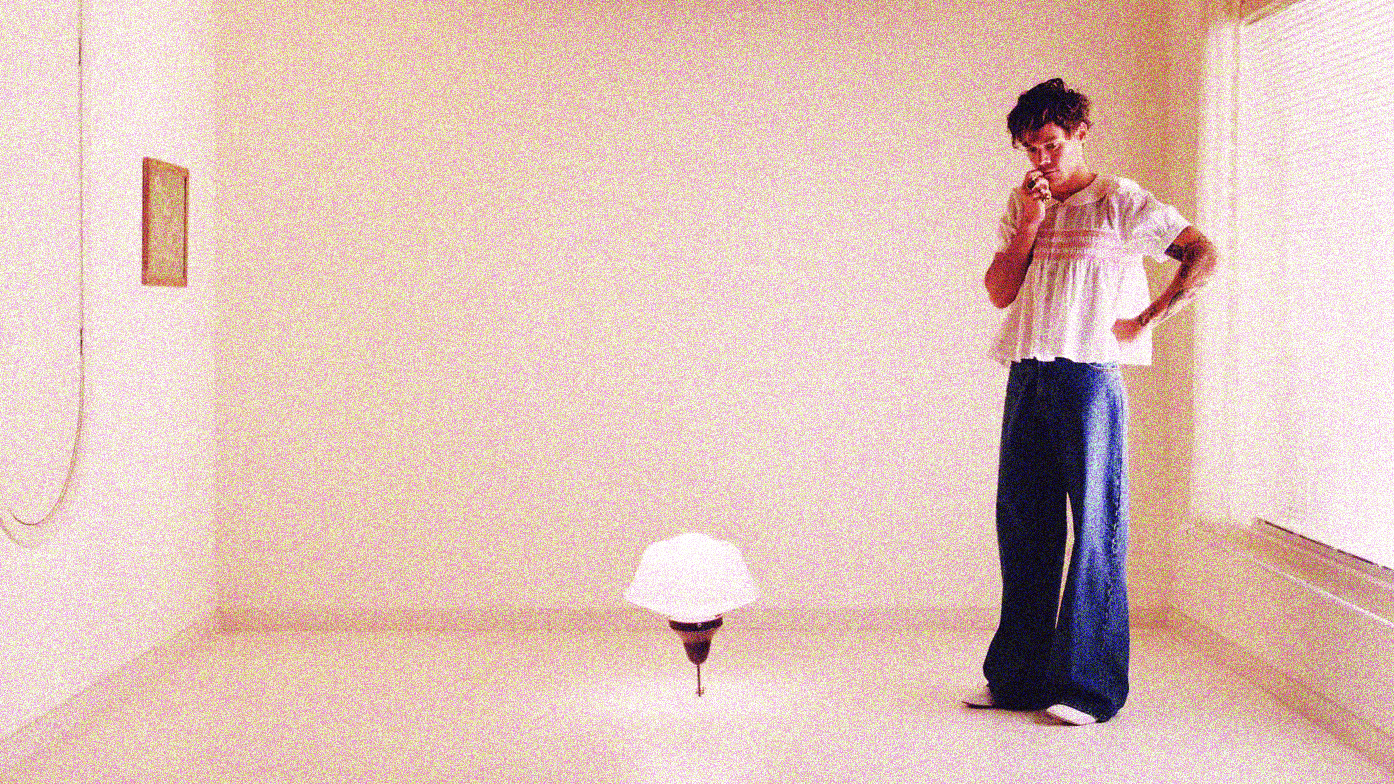
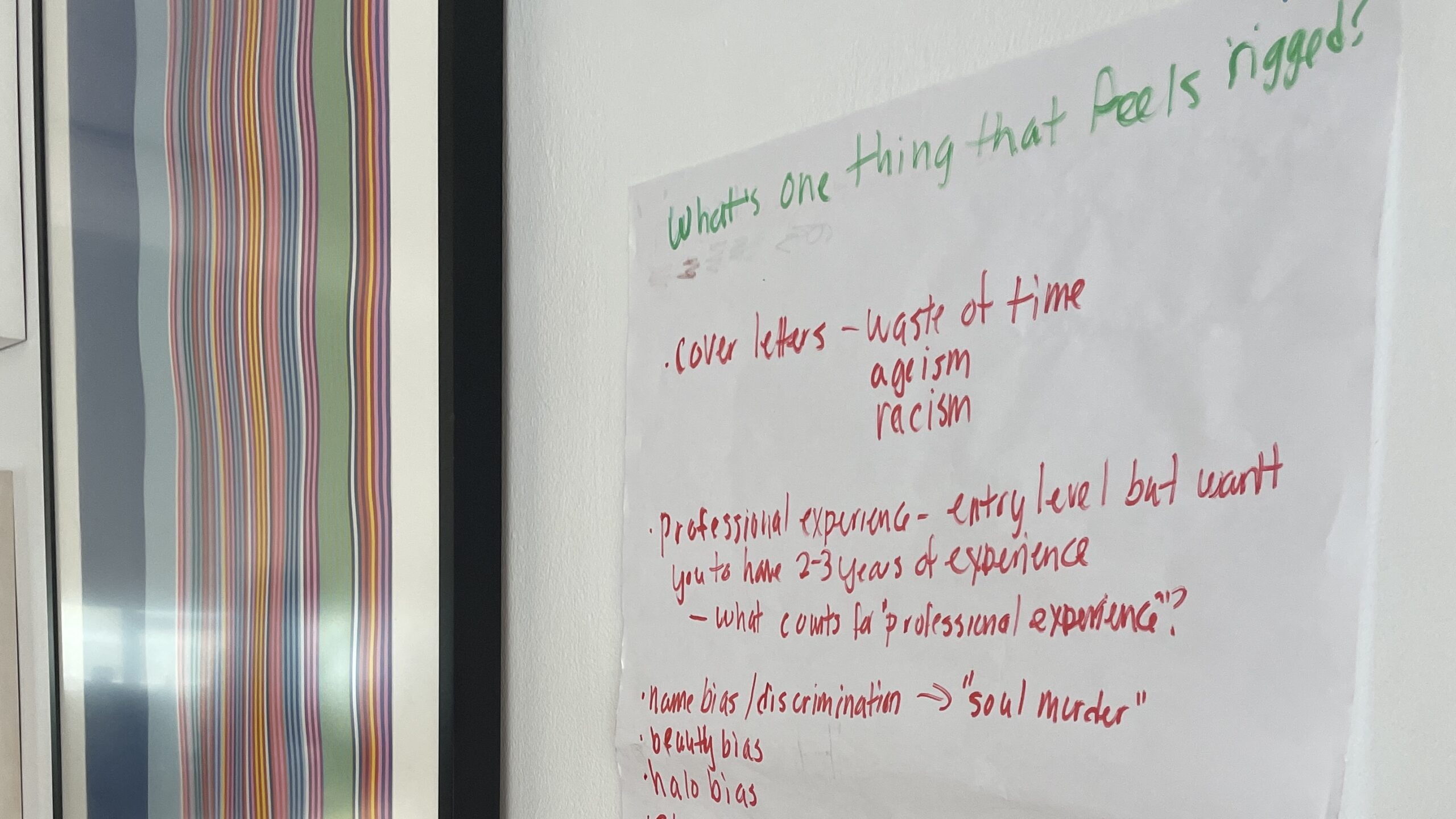

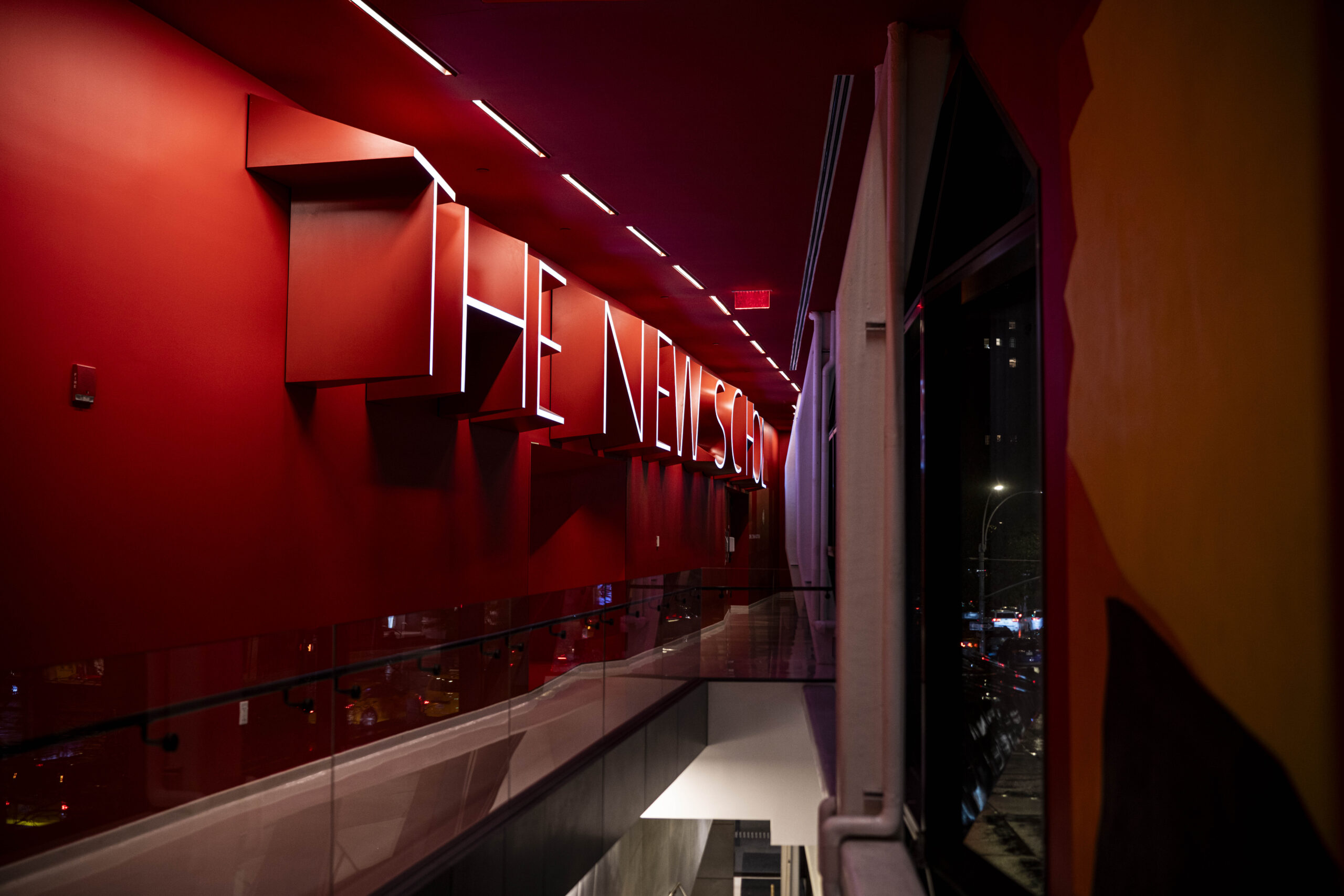
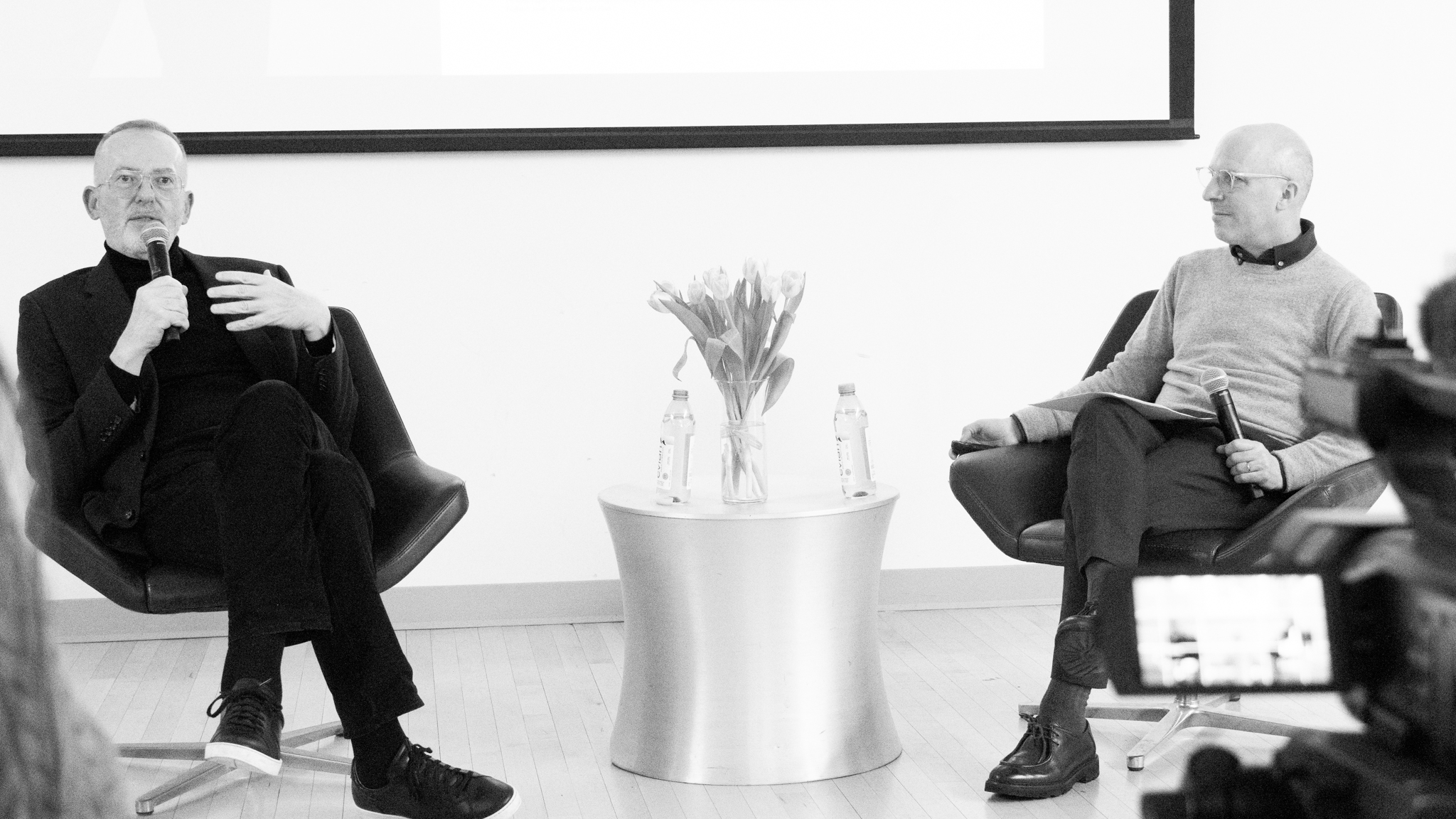
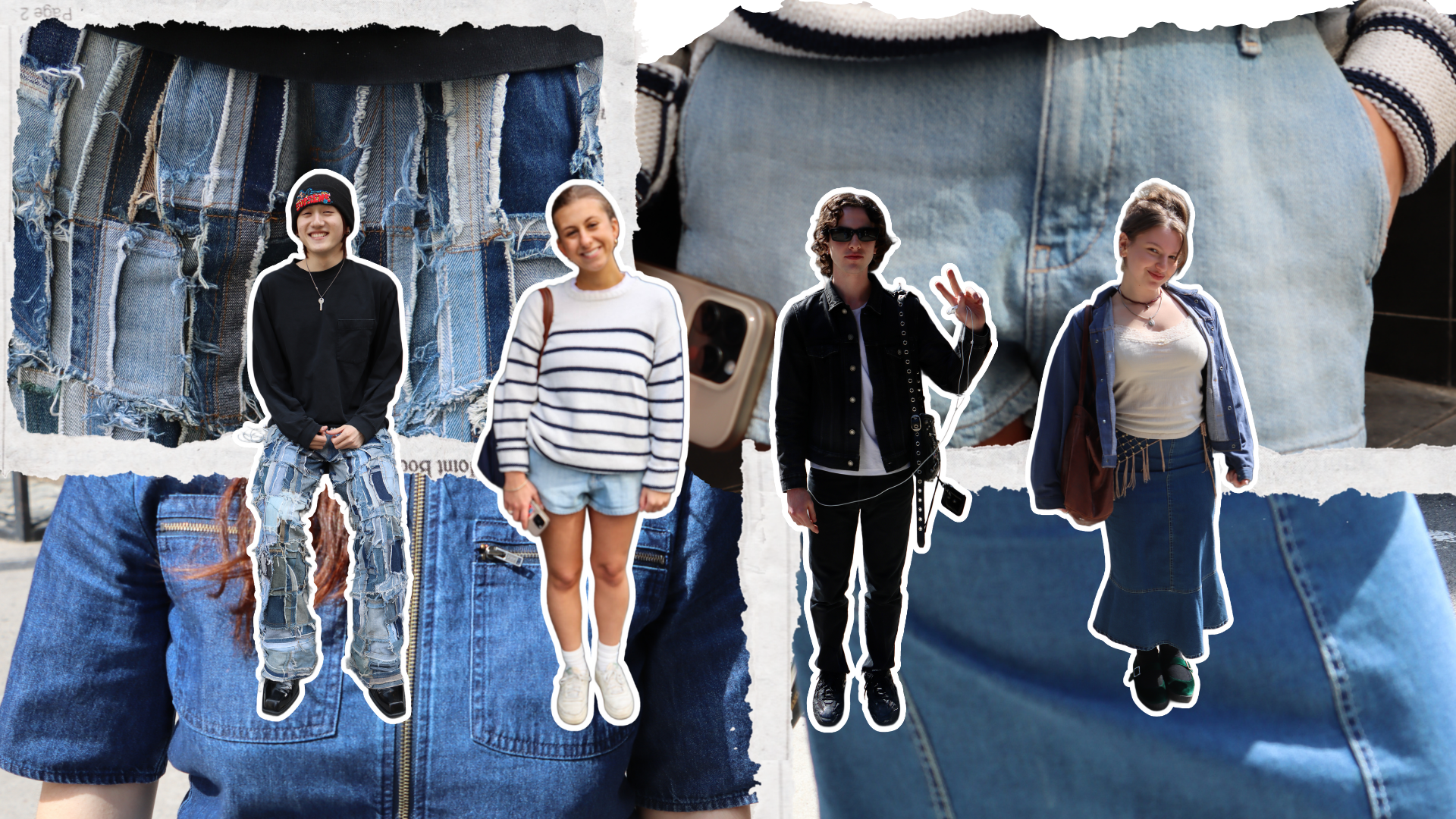

Leave a Reply